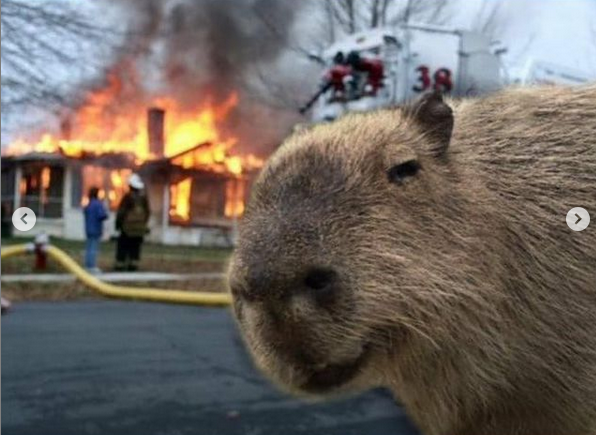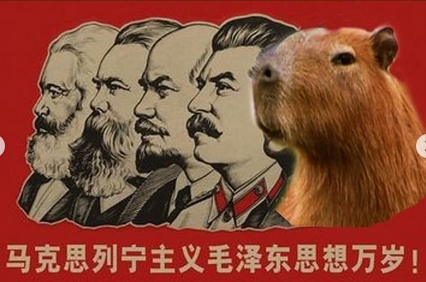An oral history of the weird Folgers "incest" commercial
Living in the UK, I never got to see this controversial Folgers coffee commercial. But I found out about it through this oral history by GQ:
“Coming Home” opens with a taxi dropping a young man off outside a snow-covered house bedecked in Christmas decorations early one morning. A young woman excitedly opens the door and establishes that she’s his sister by pointing at herself and saying “sister!” He’s weary, having just returned from volunteering in “West Africa,” and the two share a cup of freshly-brewed Folgers coffee while their parents are still asleep. (In some versions he even says “ah, real coffee,” as if he didn’t just come from where some of the best coffee in the world is produced.) He hands her a small present, but instead of opening it, she peels off the red bow and sticks it on his shirt. “What are you doing?” he asks. “You’re my present this year,” she responds. The camera zooms in on her shy glance, then cuts to his furtive, flirty smile. Those three seconds sealed its fate forever.
When I first saw the ad, I thought: wait, are they fucking? (Then, every time after that: okay, they’re definitely fucking.) As I would come to learn, I was hardly alone. The reaction to the ad was an example of the internet at its most fun—the phenomenon of collectively realizing that the specific thing that you believed you’ve singularly noticed is actually a widely-held opinion. Memes, articles, and parody videos abounded. It even inspired a genre of vividly-rendered fan fiction known as “Folgerscest.”
It is weird and does give off incestuous vibes. But the people behind the commercial didn’t feel that way:
Jerry Boyle (SVP and executive producer at Saatchi & Saatchi): You kind of get sucked into the story, which is nice. It was all very, very innocent. Obviously what’s happened since then has been a real … something that nobody imagined happening. And our client is so wholesome. It was, we thought, emotional.
What people read into it—once that took off—was just insane.
This was my favourite reaction, and the first one to notice the strange vibe between the brother and sister:
Alexa Marinos (corporate communications manager): I’m a marketer by trade so I always pay attention to commercials and ads, particularly holiday ones because I’m always curious to see how brands flex and adapt their marketing for the holiday season. I used to do all my writing in front of the television. So when, I’ll call it, “Peter Comes Home for Christmas 2.0” aired I was sitting in front of my laptop. And I just remember immediately critiquing the spot in my head as a marketer. Particularly the casting, the casting seemed off to me. I was like “why is Peter’s little sister 22 instead of four? And why is Peter, like, vibing on his little sister?”
I hope nobody ever puts a gift bow on me.
Non-creept commercial related: Commercial Break: a YouTube channel for archiving commercials





